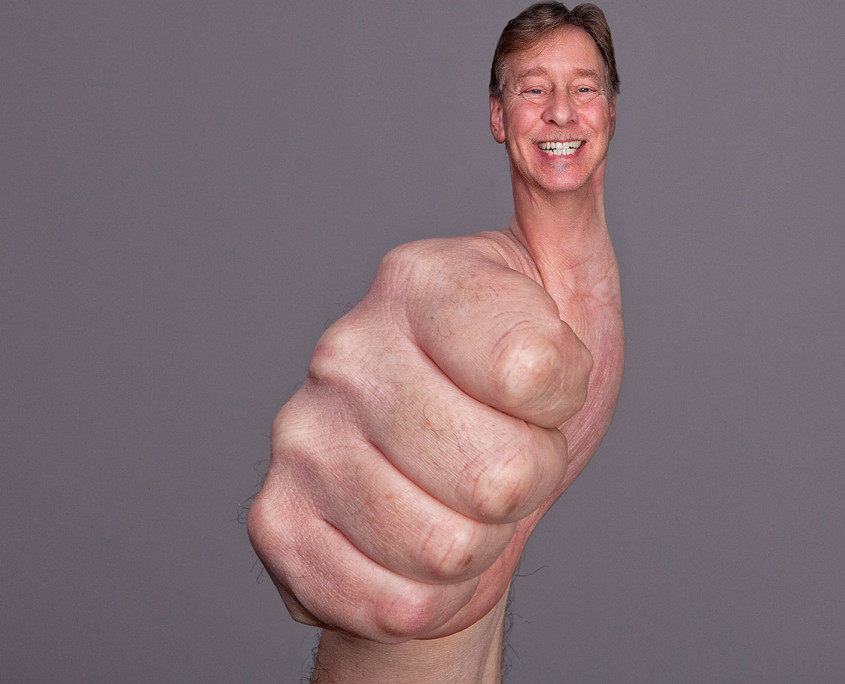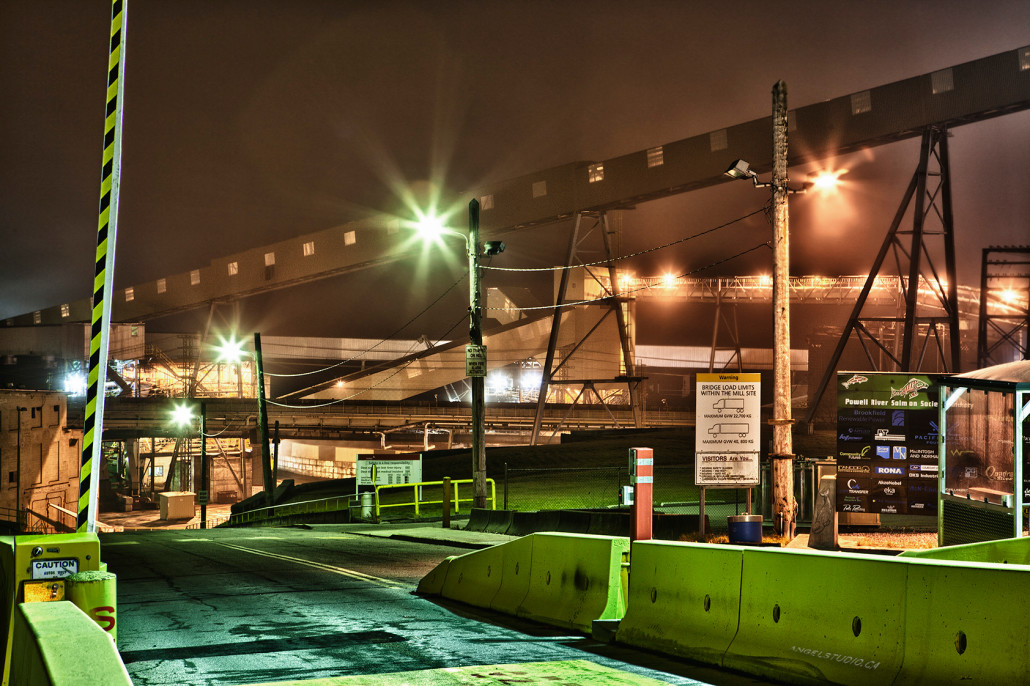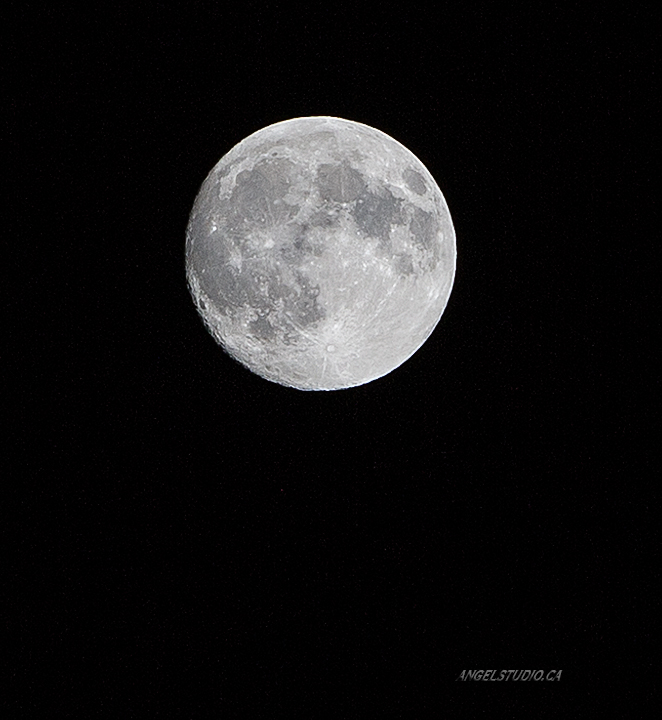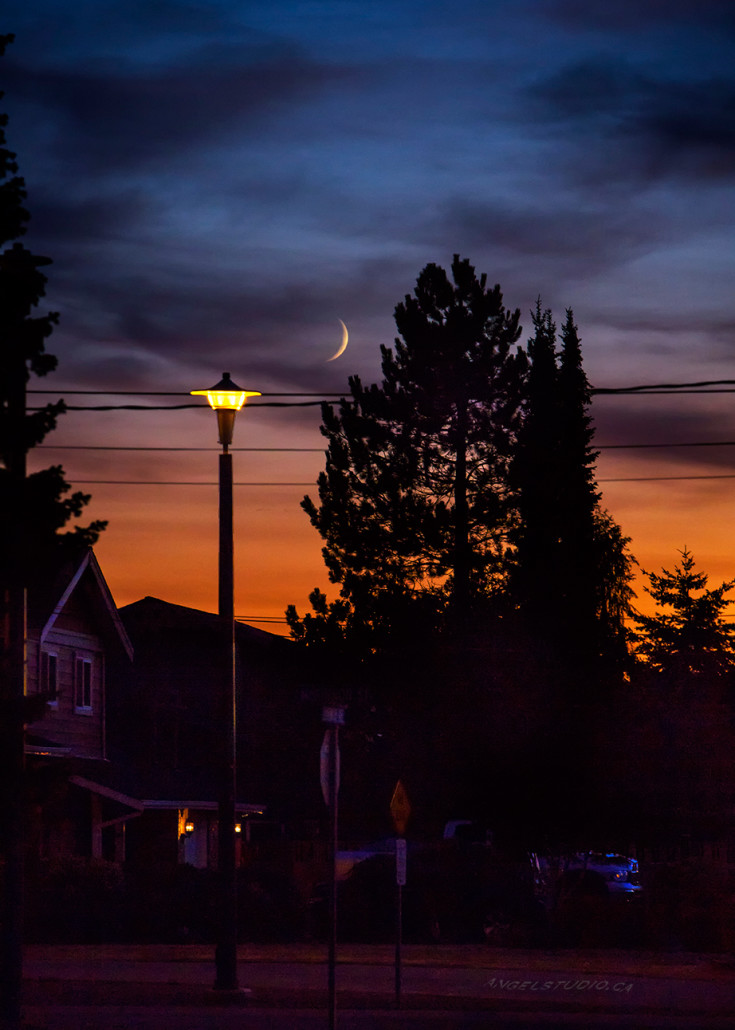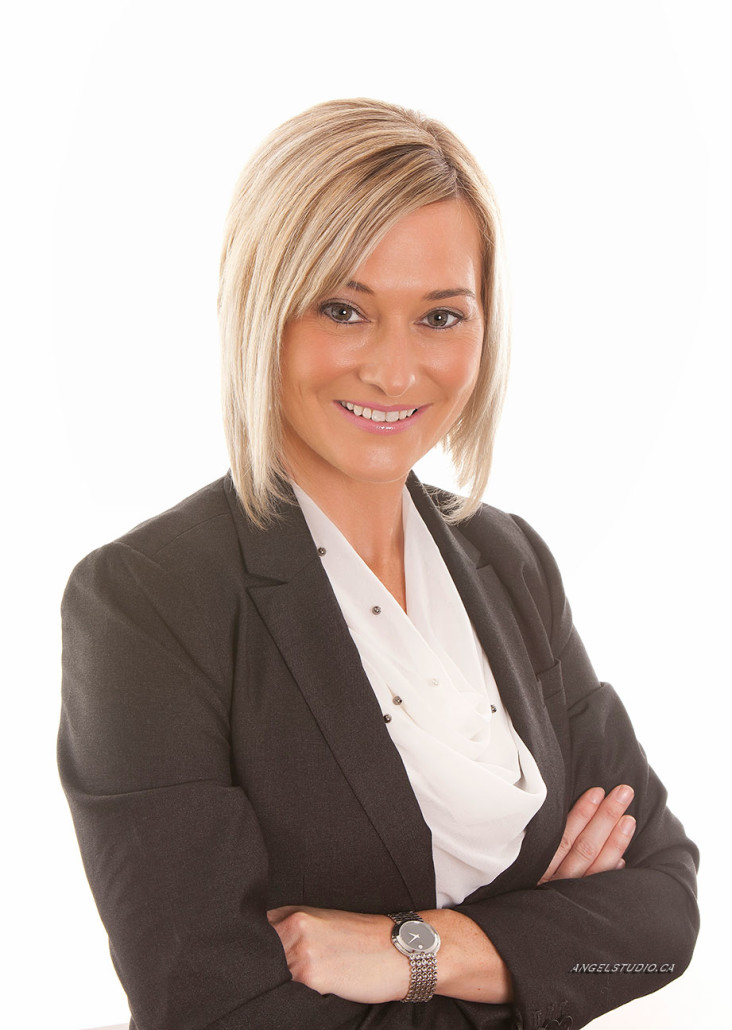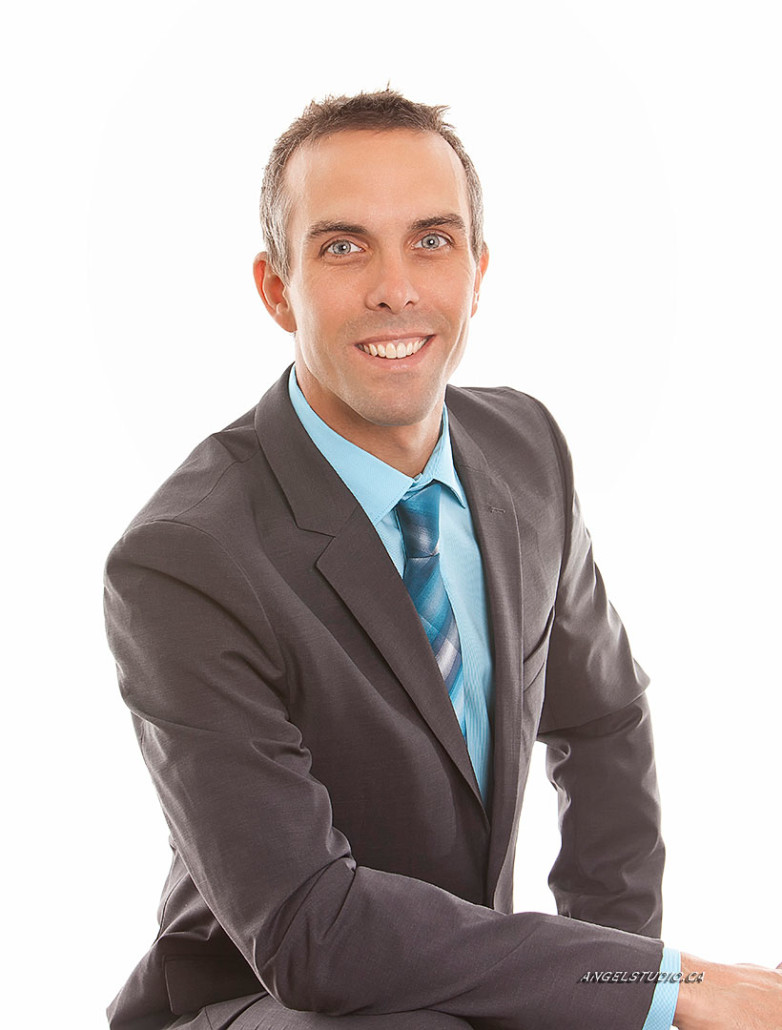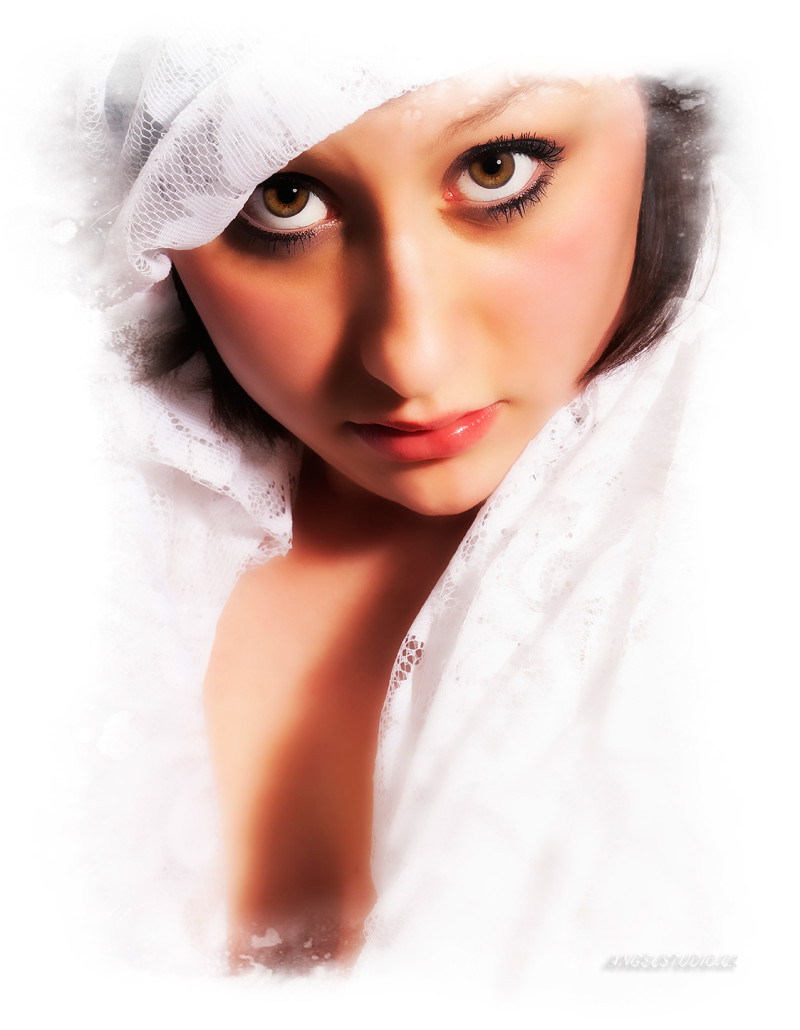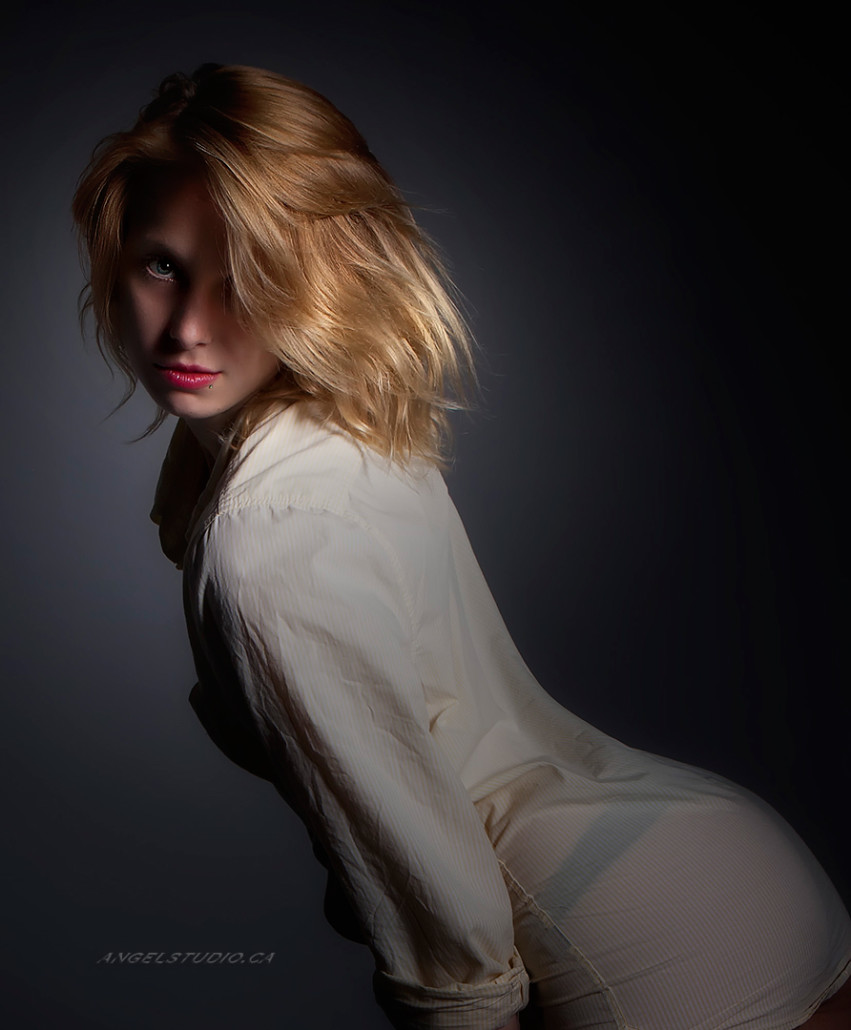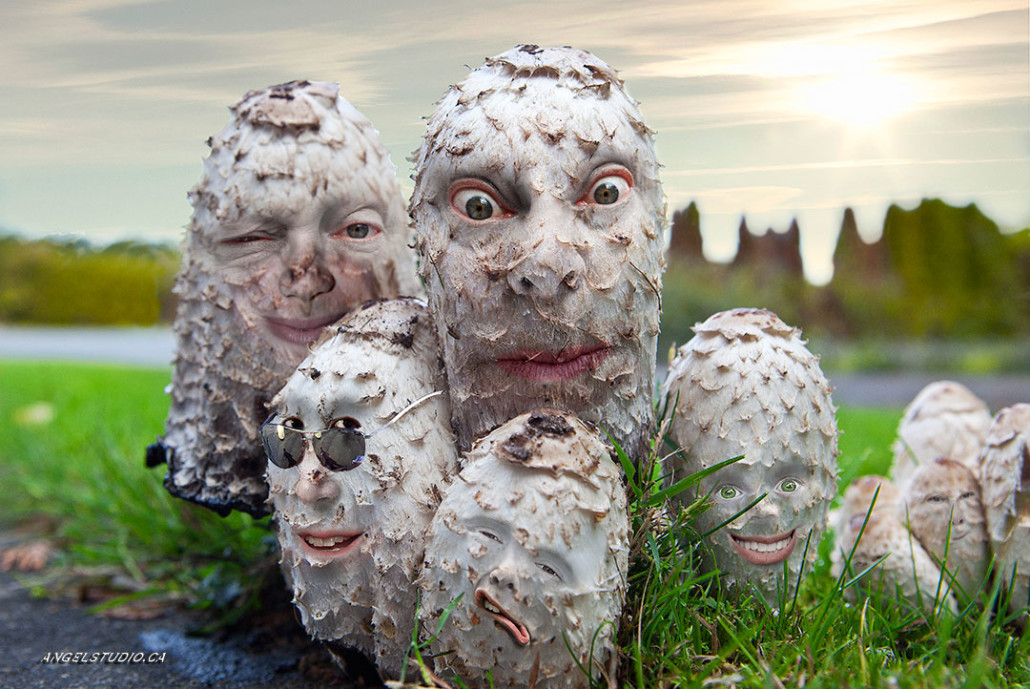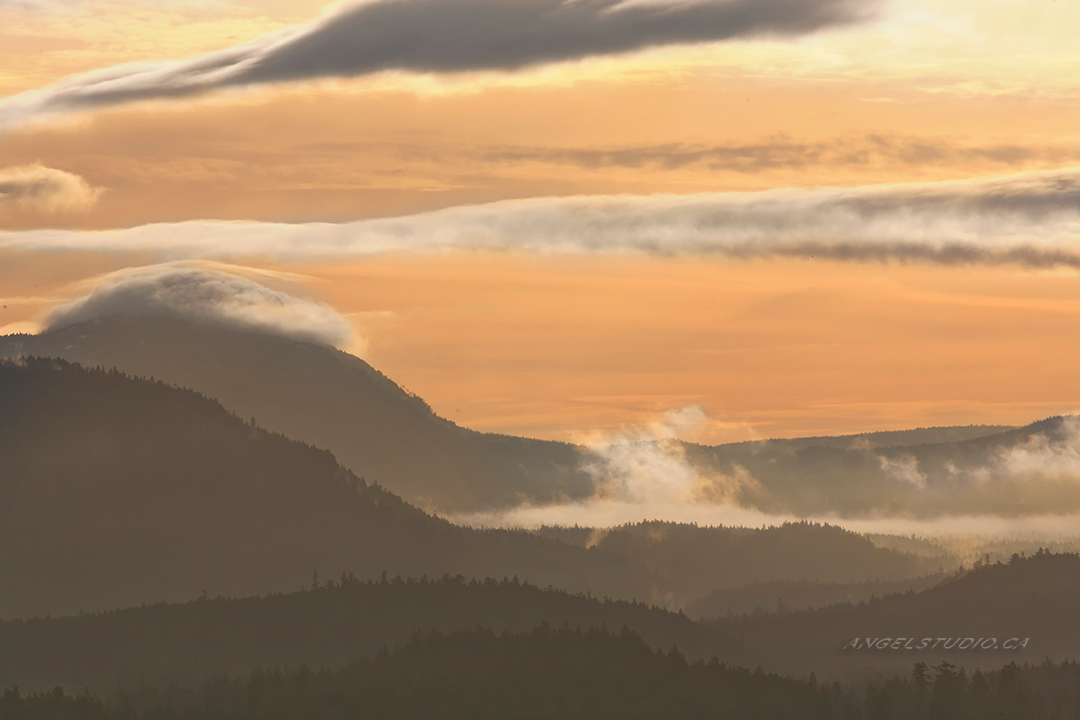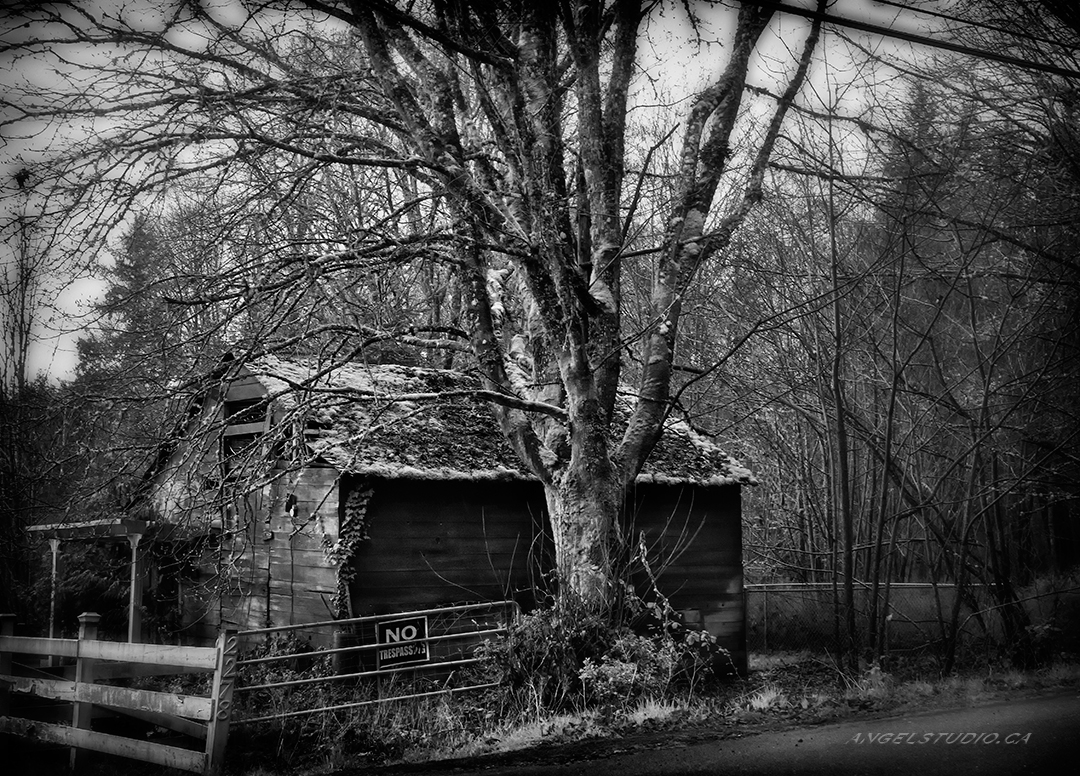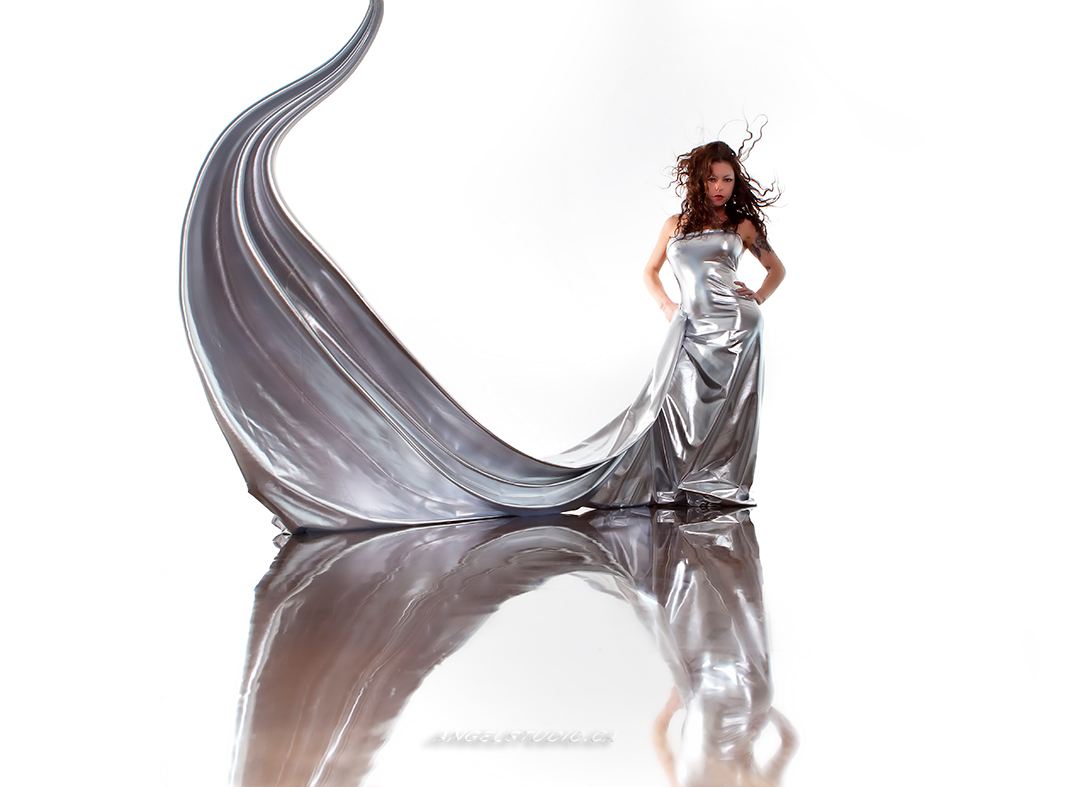To Photoshop Or Not To Photoshop
Since the digital age, we’ve been able to assign each pixel in an image a value. This is the root of all photo manipulation. How we use it is what we’ll be talking about. The industry standard for such software is Photoshop to the point where it becomes synonymous with its function. For this reason, in this article Photoshop, shopping and photo manipulation are the same thing.
In the world of photography, like anywhere else there are the purists, but for the most of us we don’t mind blurred lines. We accept an image because it’s pretty, not so much how it got there. We tend to accept the photoshopped images our media makes so available to us as “stretched truth”. I’d have to agree many commercial images are quite obviously enhanced beyond reality. It’s not really their fault that they want their product connected to beauty on some level as opposed to something less. Landscapes become more colour saturated. Everyone has smiles with lots of white teeth and perfect complexions. After all the backroom tweaking what is true? What is real? Let’s talk about that!
So, let’s look at the players in this dispute:
On one side of the perennial argument, there is the “purist”. The purist believes in photography for photography sake. They constantly test themselves on achieving every image strictly in camera. That means no adjustment in Photoshop post shoot. They know how to maximize their equipment to get the shot. They rarely shoot in full automatic mode.The purist takes pride in mastering their equipment. They use the cameras shortcomings to their advantage. The purist probably shot on film at one point. They are technically minded people and it loathes them to produce an image with technical flaws like over/under exposing, even in sunny/shady images. They understand light. They are the bar to which everyone aspires to achieve. Nothing sings so sweetly as a perfect image captured without photo-manipulation.
During a planned shoot, it really helps if the photographer has an idea of what they want. The image should be already conceptualized within any photographer’s mind. I knew I needed a new facebook headshot. The goal now, like the purist, is to shoot several technically perfect images that matches that criteria. I think I’m a pretty positive and have a ridiculous sense of humour so…let’s throw that into the mix…and this Monty Python-esque composite headshot was born.
On the other side of the spectrum we have a place for those who use Photoshop to enhance, change, delete, etc. It’s not all evil untruths and here’s why; Our brains are the first filter that we ever use which explains why the photo you took had orange people. Can’t blame the camera. It records what was there, but our eyes see light first and then our brains adjust its hue. Of course capturing in the right white balance to begin with is ideal, but what if you have a mixture of light sources? Here Photoshop exceeds the camera capture by allowing light temperature blends.
In the image below we have an H.D.R. example. I knew what I was looking for as there were sodium lights which cast an out of world green hue and deep shadows. To walk up to that scene in real life the light would have looked ‘whiter’ than it really was. Our brains do that unbidden. So I adjusted my white balance to 5500K to maximize that green, unearthly cast. When your camera can’t capture all the range you take at least 3 exposures (bracketing), one for shadows, one for mid range and one for highlights. These files are mixed in Photoshop and with some coaxing and caressing out comes a detail filled image with all the shadows opened up and lights glare has been refined. This never happened with our grandparent’s pictures! It can be a different process. Like playing chess – one has to think two steps ahead. Through experience, one knows how to shoot in order to maximize their softwares ability.
When you cast your eyes up to the night sky, you may see a moon, but not like this. No! Your moon is a little white blob! Get a moon like this by increasing your shutter speed. Of course, everything else will be black, but your moon will be beautiful. Wouldn’t it be nice to help the camera along a bit? Capture what your eyes see? The surrounding clouds? The sleeping town on the ground? Maybe an H.D.R. representation would work better? Maybe a composite?
Here in this H.D.R. urban scene we have a streetlight competing with the sliver of moon who is busy being the star of the show. There were 4 separate light zones in that image; The colourful sky, the streetlight, the moon and the surrounding darkness with just a hint of detail poking through. The dynamic range is way too much for a single capture. We’ve used the software to give us back what we saw and not the cameras limitations.
Photography reflects real life, but it doesn’t have to. If your aim is impact, Photoshop can help. On the right is an image upside down and with a global colour change. This maximized the warble effect of the ripples on solid lines of the boats. With the flexibility offered by post capture processing decorating your home in meaningful images instead of generic framed images becomes possible. All of a sudden any image can be a perfect match with your colour scheme.
But how do you treat people? Are they ‘shopped’ to the point where they don’t look like themselves anymore? I can’t speak for every photographer, but I do have a credo I tend to stick by. Photoshopping people should be treated like make-up – it’s there to enhance. In the case of a high key business picture (as shown below) temporary blemishes, if any are removed. They really aren’t who the subject is. A moles and freckles are part of the permanent real estate, so they stay. The image must resemble the subject at their best, but how they’d look everyday. But make no mistake, there is no way we’re rescheduling a shoot because somebody had a bit of breakfast stuck to their tooth. We’re too busy and so are our clients.
On the right we have Amanda who has very large eyes. We wanted to maximize that. Once again, so much can be achieved with proper exposure and lighting, but here the emphasis is on perfection. The end result should be something special – something Hollywood would release for a star in an upcoming movie. Since glamour often hints at sexuality, there are simple tricks that can be used. Glowing skin, so well emulated with make up, is now assisted with post production tweaks. We make no excuses about that, but it does have impact.
Tiffany, on the left is more of example with very little enhancing. We’ve aimed for low key because we wanted to use rembrandt lighting which is just puts a splash of light in her eye. We installed a vignette to amplify what was already there, hardly treated the skin because Tiffany has cute freckles and sharpened the image up. Both images are pretty, but compared to the image above it seems more truthful, although less impact.
On the other hand, a fantasy portrait will give free reign to the artist’s view. Anything can happen as it has here. Producing Familia Fungi made no apologies about Photoshop. This image screams “I’ve been tweaked!”. We’ve asked you to completely suspend reality and take a walk on the silly side much in the same way as you actually believe a moose walks into a bar. You do it because you want to hear the punchline – which is ‘Bartender says “Hey, why the long face?”.
Panoramic views, talked about but not often shown due to their odd size. Yes, this could have been done with film, but digital is faster and more precise.
Photo manipulation in short is a boon to modern photography, but in evil or inexperienced hands it can be just as bad. The image to the right is a beautiful mountain sunset. In this case we had a circular polarizer which can block certain light while letting other light through. In this application we could just as easily thrown a filter on post shoot. Today news agencies prefer jegs to raw versions of the same image because veracity can be determined through metadata. Once an image is opened in Photoshop exif data disappears.
B&W is dead. At least on film it is. With digital it’s alive and kicking! Nothing isolates lines like eliminating distracting colour. Most of us can set our cameras to capture some version of monochrome. But why bother? When you eliminate information on your files you eliminate choices in post production. With todays software you can emulate any kind of monochrome you want, later, at your desk, with a cup of tea.
While we admire and always strive for the talent of the purist, we believe that our industry has been flooded with way too many iphone cams. In order not to be swallowed by the deluge we have to be better and that involves making friends with Photoshop. The way we see it is everybody wins. Our promise to you if you walk into our studio or in front of our lenses is we promise to give you images that’ll make you purr. It’ll involve a bit of Photoshopping because you deserve professional results. How much? We guess that’s our secret.



